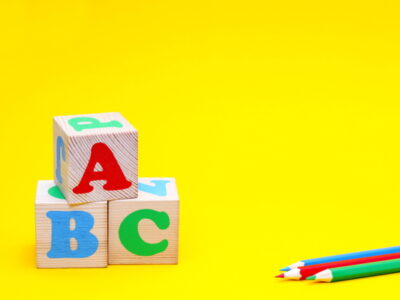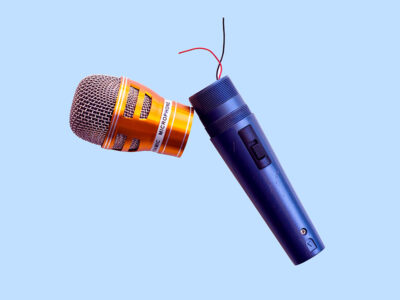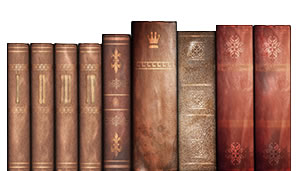The director of the Write to Publish Christian writers conference shares what to expect from your first in-person conference.
www.NovelMarketingConference.com
The director of the Write to Publish Christian writers conference shares what to expect from your first in-person conference.
www.NovelMarketingConference.com

With this being the week before Easter, I thought I’d take a moment to explore a thought which can be used for contemplation. When studying Luke 18:1-8 and the parable of the persistent widow, I came across an interesting thought. For the unbeliever, prayers are understood to be a transaction. We give, we get; or through begging, bribery, cajoling, intimidation, or even persistence, we feel …

Today’s video could be a satire on our modern educational system. But that wouldn’t be fun! Instead, laugh along with this clever comedy sketch about the ABCs.

Let’s talk about the people you meet and befriend on social media. They are different from actual friends. For the most part, they aren’t real friends. If you have a nice social-media presence with five hundred people, you can enjoy the conversations and connections since it’s on the level of a good-sized church or high-school graduation class. But as you grow your social platform into thousands …

A few months ago, one of my friends (don’t worry, Sarah, I won’t mention your name) asked this question on social media: Writer friends: Do you ever write something, think it’s nearly finished, and fail to be able to define the “take-away?” So, “writer friends,” I’m about to do you a favor. I will suggest an approach that will save a lot of time, stress, regret, and other bad things. Ready? …

Thirty days. That’s all you’ve got. Do it wrong, and you’re toast. Do it right, and it’s crème brûlée that will last for months, maybe even years. What 30 days are we talking about? The first 30 days after you make your book available to the world. During the first 30-60 days after your release, […]
You can listen to this episode The 2023 Book Launch Blueprint on Christian Publishing Show.
Thirty days. That’s all you’ve got. Do it wrong, and you’re toast. Do it right, and it’s crème brûlée that will last for months, maybe even years. What 30 days are we talking about? The first 30 days after you make your book available to the world. During the first 30-60 days after your release, […]
You can listen to this episode The 2023 Book Launch Blueprint on Christian Publishing Show.
Thirty days. That’s all you’ve got.Do it wrong, and you’re toast. Do it right, and it’s crème brûlée that will last for months, maybe even years. What 30 days are we talking about? The first 30 days after you make your book available to the world. During the first 30 days after your release, bookstores decide whether to keep your book on the shelves. If you have a strong launch, bookstores will …

I’m curious what our readers think about the infographic posted below from grammarcheck.net. Please comment below. I tend to think there is a time and place for “boring” verbs, but the danger is letting your work feel or read “flat.” I first wrote the below sentences and then arbitrarily replaced the “boring” verbs with ones from the list. Better? Worse? …

Podcasts are a wonderful source of information and a newer way to help build an author’s platform. But you need the right equipment. That microphone needs to work. Today’s video sketch is called “The Worst Mic Ever.” Considering it features Tim Conway, you must watch to enjoy the hilarity. (If you are unable to view the video in your emailed newsletter, click through to our …

